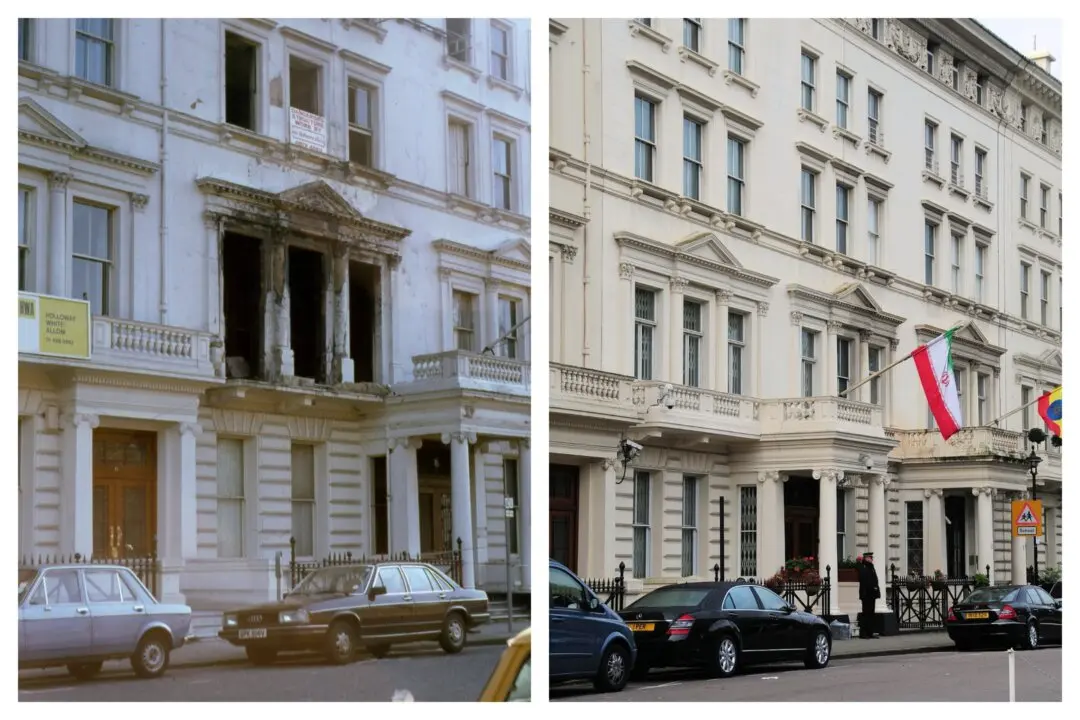None of Henry Hudson’s four attempts to find a northern passage from Europe to Asia were successful. His discoveries, however, taught Europeans much about the seas and lands on the western side of the Atlantic and led to more settlements in the west.
Little is known about Hudson’s early days, but most historians believe he was born in London around 1570, married, and had three sons. He was well educated as he had a vast knowledge of sailing, astronomy, and mathematics. Some historians suggest that he may have been related to founders of the Muscovy Company, an English trading business.






